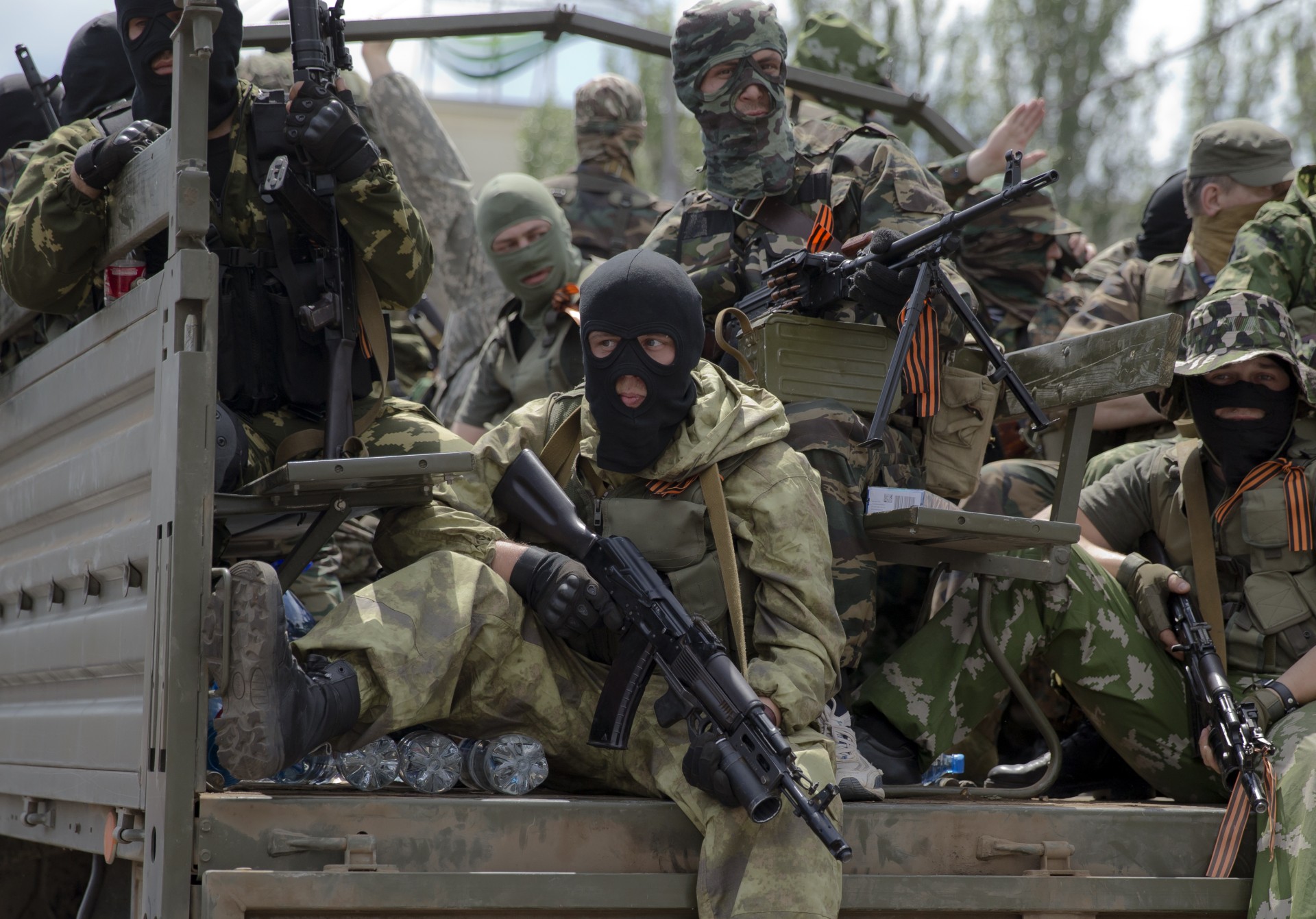Ukraine’s pro-Russian insurgents said Thursday they had withdrawn all of their smaller weapons from a deadly buffer zone in the ex-Soviet state’s separatist east.
The reported pullback was in line with a trust-building September 1 pact that has sharply de-escalated the violence and seen just seven Ukrainian soldiers die from enemy fire — about the same number killed daily at some points last year.
“Today, we have completed the arms withdrawal,” Donetsk ground commander Eduard Basurin told AFP by telephone.
He said the last nine mortars had been pulled back from Ilovaisk, a frontline town where Ukraine lost more that 100 servicemen in a rebel onslaught in August.
But it remains unclear whether this seeming return to a semblance of peace in one of Europe’s deadliest crises since the Balkans wars of the 1990s will last.
A similar deal regarding larger weapons, struck during international negotiations in February, was never implemented in full.
And AFP teams have heard hours-long battles being waged after dark around the separatists’ de facto capital Donetsk for much of the past week.
Monitors from the Organization for Security and Co-operation in Europe (OSCE) say they have been barred by rebels from accessing the area and have seen arms that had moved away from the front later return to their original posts.
“It is important to note that we have observed many discrepancies in the withdrawal process and I urge the sides to use the last few remain days now to fully comply with the (deal),” Alexander Hug of the OSCE’s Special Monitoring Mission (SMM) said.
“Since Sunday, the SMM has noted a significant increase in violence in and around Donetsk airport. On Sunday alone, we recorded 114 explosions in this specific area,” Hug told reporters in Kiev.
Ukraine announced the end of a similar pullback from the smaller pro-Russian Lugansk region on Tuesday.
But Basurin said Kiev was not expected to move all its tanks and mortars from the Donetsk front until the weekend.
Scrambling for a way out
The proposed buffer zone is meant to stretch 30 kilometres (19 miles) wide and be overseen by OSCE monitors from both Russia and the West.
But Kiev accuses the various rebel units — estimated at 40,000 heavily-equipped fighters who are backed by Russian-supplied mid-range rockets and tanks — of effectively ignoring the truce.
Russia denies instigating and backing the revolt in reprisal for last year’s ouster of a Moscow-backed president in Ukraine and the subsequent leadership’s decision to tie its future to the European Union and the NATO military bloc.
The September 1 deal was unexpectedly signed after a series of broken ceasefires left world leaders scrambling for a way out of a conflict that has killed more than 8,000 people and even further eroded the West’s relations with the Kremlin.
It was negotiated without the presence of either Russia or Germany and France — the main European sponsors of previous peace talks and close allies of Ukrainian President Petro Poroshenko.










